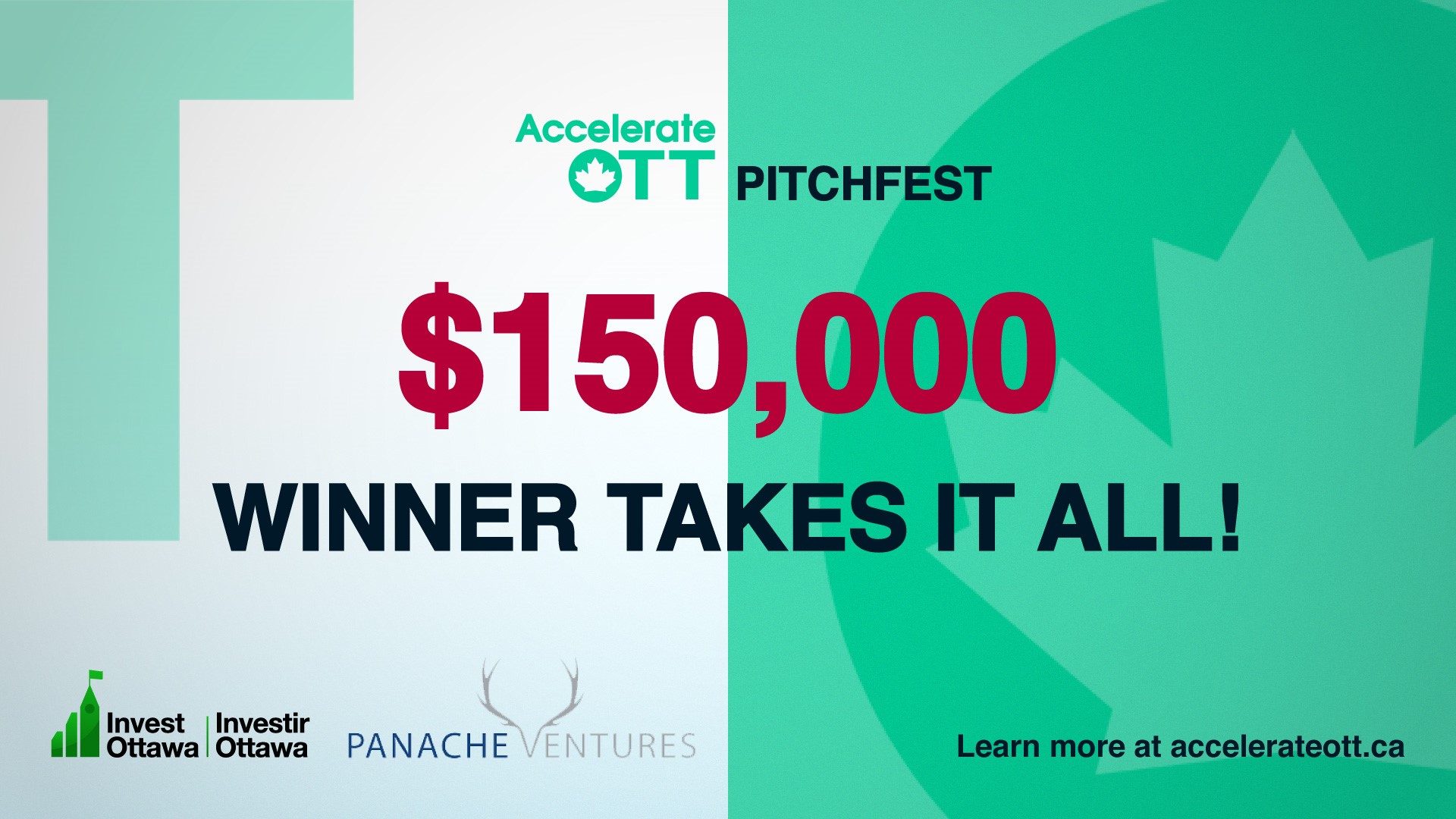A guide to pitching your business to a panel of investors
9 mins | 1600 words
By: Katie LeClair
As an entrepreneur, you spend most of your time with your head down, focused. The hours of your day are dedicated to building your business: developing your brand, proofing your product(s), and performing the million other mission-critical tasks on a never-ending agenda. That’s just work mode – it’s called getting sh*t done. But the time does come to look up, share your passion, and sell it.
Getting your pitch down pat is essential to success. Whether it’s the 30-second spiel needed for your next elevator ride or the PowerPoint presentation meant for boardroom business meetings, knowing how to communicate compellingly and really sell your company is make-or-break.
There are a few great resources to help you with the former (like this one here), but for the purposes of this post, we’ve gathered intel on how best to deliver in one specifically: when you’re standing in front of a panel of investors.
The live five-minute-fast pitch is stressful, to say the least. You’re locked-in by a time limit (first tip: don’t stare down at the ticking clock for too long) and potential funders are zeroed-in preparing to decide on the viability and, most importantly, the potential profitability of your company. To top that off, if you’re pitching in a fest-type competition the opportunity comes with an audience. June 11th is the perfect example.
$150,000 in cash is on the line and 500+ people  will be watching at AccelerateOTT 2019. This is one of the biggest jackpots in Canada’s, let alone Ottawa’s, pitch competition history.
will be watching at AccelerateOTT 2019. This is one of the biggest jackpots in Canada’s, let alone Ottawa’s, pitch competition history.
There’s a lot riding on those few minutes.
Whether it’s this opportunity or the next, entrepreneurs, ask yourself, are you ready for it??
Yeah, we weren’t either. That’s why we phoned a friend. Well, a few friends actually. The kind of friends with experience being judged and judging; with being in the hot seat and analyzing form the front row.
If you’re reading this blog, you’re determined to secure investments whether it’s a current or future goal. These experts know how to get you there.
THE PRESENTER
To start, it’s all about the BASE.
We’re paraphrasing, of course, but according to founder turned Vice-President of Venture Development, Nick Quain says every entrepreneur needs to maintain the following four things: balance, authenticity, strength and evidence.
Balance: Every entrepreneur needs to navigate and find their “sweet spot” between confidence and humility.
Confidence in a business and belief in its future is something to invest in. If you’re unsure about your own vision (or about yourself) how can you expect someone to feel good about backing you?
At the same time – now, here is where the whole balance thing comes in – no one respects a charlatan. What is the telltale sign you’ve gone too far? The presentation is littered with adjectives, buzzwords and exaggerations. If anyone gets the sense that you’re trying to cheat the investor or the system, it’s game over.
Remember, your product is not revolutionary, the brightest, the best or even the biggest out there. If you want to be convincing, seem convinced yourself but leave the cockiness at the door.
Authenticity: People are attracted to authenticity. They want to see the real you come through in your presentation.

Mimicking your favourite Ted Talk presenter might seem like a good idea – it worked for them why wouldn’t it work for you? It isn’t. Be true to yourself and your personal style. This might take work but invest some time and find what’s comfortable for you. Lean on friends, family, or colleagues. Work to present like you’re presenting to a crowd that knows you.
Strength: Open strong.
Make a statement with a clear sentence that articulates your company name, what you do, and for whom you’re solving the problem. And deliver this sentence early, if not in the opening of your presentation. If you don’t, you run the risk of losing your audience in their quest to figure out the mystery that is what you do.
Evidence: Whatever you say, however you present yourself, back it up with proof. It’s as simple as that.
THE PITCH
When it comes to the actual presentation structure, Quain says there are three types of presentations.
- The story: Share a powerful narrative from the founder or the customers’ perspective.
- The pain point: Tell the audience exactly what pain point you’re trying to address right off the bat.
- The fact-based pitch: Deliver an informative pitch laying out the details of your business.
All three styles can be effective. But not all styles are right for every entrepreneur and every business. Whatever style is chosen, every pitch will include the same content in no particular order:
- The team
- The market
- The problem
- The solution
- The product
- The business model
- The distribution (sales and marketing)
- The ask
*I repeat, in no particular order*
Rob Lane, CEO of RareLogic Inc. and Fundraising Advisor, breaks down the pitch into three broad sections. Each section being a component of the presentation. Each component is defined by a question:
The first: Why are you doing what you’re doing?
The second: Why should the investor care?
The third: What do you want?
To make sure we’ve got this right, let’s unpack these a bit.
Why are you doing what you’re doing?
The why is what matters most. To start with the “why” start with a story or a pain point. Tell it in a way that will connect with your audience. Make it personal. And end this section with your problem statement and then deliver your solution.
Your story is the drive, your problem statement is the set-up and your solution, the slam-dunk.

WARNING: If you’re an entrepreneur, especially a techie, you like to breakdown your ‘baby’, get into the seeds and feeds of your invention and explain the what. It’s important to remember, people don’t buy the what, they buy the why!
Why should an investor care?
https://www.youtube.com/watch?v=IPYeCltXpxw
Speaking frankly, it’s because you’re going to make them a boatload of money. But before you can convince them of that, trust needs to be earned.
Think of your investor as Sammy the skeptical. Sammy needs to be convinced that you’re the diamond in the rough. Show Sammy why your unique; that customers already love your company; and, that the time is now to buy–in.
For this component of your pitch, expand on your uniqueness and bring the facts forward. Do this by:
- Speaking to your “stacked” team;
- Demonstrating your competitive positioning;
- Defining your market;
- Showing what’s worked, and what hasn’t;
- Displaying proven market traction; and
- Explaining how you’ll make money.
Do include (if you can):
- Revenues, customer counts, and growth rates
- Cost of customer acquisition
- Potential customer lifetime value
- Market size
- Reason to invest now
Do NOT include:
- “We only need 1% of a $1 billion market” type charts
What do you want?
According to Lane, a pitch needs to end with an ask. In your conclusion, paint a picture of what your company will look like and what you will achieve in the 18 months after you’ve secured the funding. Keep it basic but explain your plan.
Answer all three questions and you’ll have a strong foundation for a brilliant pitch.
THE INVESTORS
In the end, what’s the point if your pitch doesn’t resonate? So how do you make it stick with the people with the capital, especially when an investor can see between 50 – 100 pitches a week? Pablo Srugo, Venture Capitalist, Mistral VP shared his thoughts on this.
When asked about pitch rating criteria, he confirmed that investors  don’t rate pitches, they rate businesses. The pitch should encapsulate the core aspects of the company: a growing market, an incredible team suited for the opportunity and a clear understanding of the problem and solution, and its value. And every presenter should master story-telling and financial literacy.
don’t rate pitches, they rate businesses. The pitch should encapsulate the core aspects of the company: a growing market, an incredible team suited for the opportunity and a clear understanding of the problem and solution, and its value. And every presenter should master story-telling and financial literacy.
For pre-seed stage companies, Srugo says you’ll be judged mainly on your team-market fit plus the problem/solution set. Whereas seed stage companies are judged on the return on investment, and beyond that, evidence of product-market fit, growth (investors are looking for 10 – 15%+ month-over-month) and a clear path to establishing a sustainable, profitable business.
Srugo drove home that the best pitches at the seed stage deliver a ‘one-two punch’ story. Good pitches are “here’s what I’m working on, it’s going well, and it’s going to be huge.” Great pitches are “here’s what I’m working on, it’s going well, it’s going to be huge, AND once that is enabled there’s another layer that’s going to be even bigger”, i.e., the one-two punch!
Note: the one-two punch is not to be confused with “here’s what I’m working on, it’s tiny, but once I access investment it will be huge.” You’re asking the investor to bet on the future hope of return when you apply this strategy (tip: they don’t like that). The one-two punch asks investors to bet on you now with the promise of venture-scale business and the potential for an even bigger opportunity down the road.
And when the pitching is all done be prepared to answer the following: how do you compete, how do you make money, and why are you different from x-company and y-company?
We’ll leave you with Srugo’s final tips and tricks for the pitching entrepreneur (grab a post-it, write these down):
- Less is more.
- Memorize the outline, not the content (this will help you sound natural).
- Be genuinely passionate about what you’re building – it’s contagious!
Thank you to our experts, Nick Quain, Rob Lane, and Pablo Srugo for sharing their insight.
AccelerateOTT 2019 hosts the most exciting pitch competition Ottawa has ever seen! Thanks to Panache Ventures, on June 11th, one startup will walk away with $150,000 dollars in cash. Be there to watch history in the making.
Haven’t gotten your ticket yet?! BUY NOW








